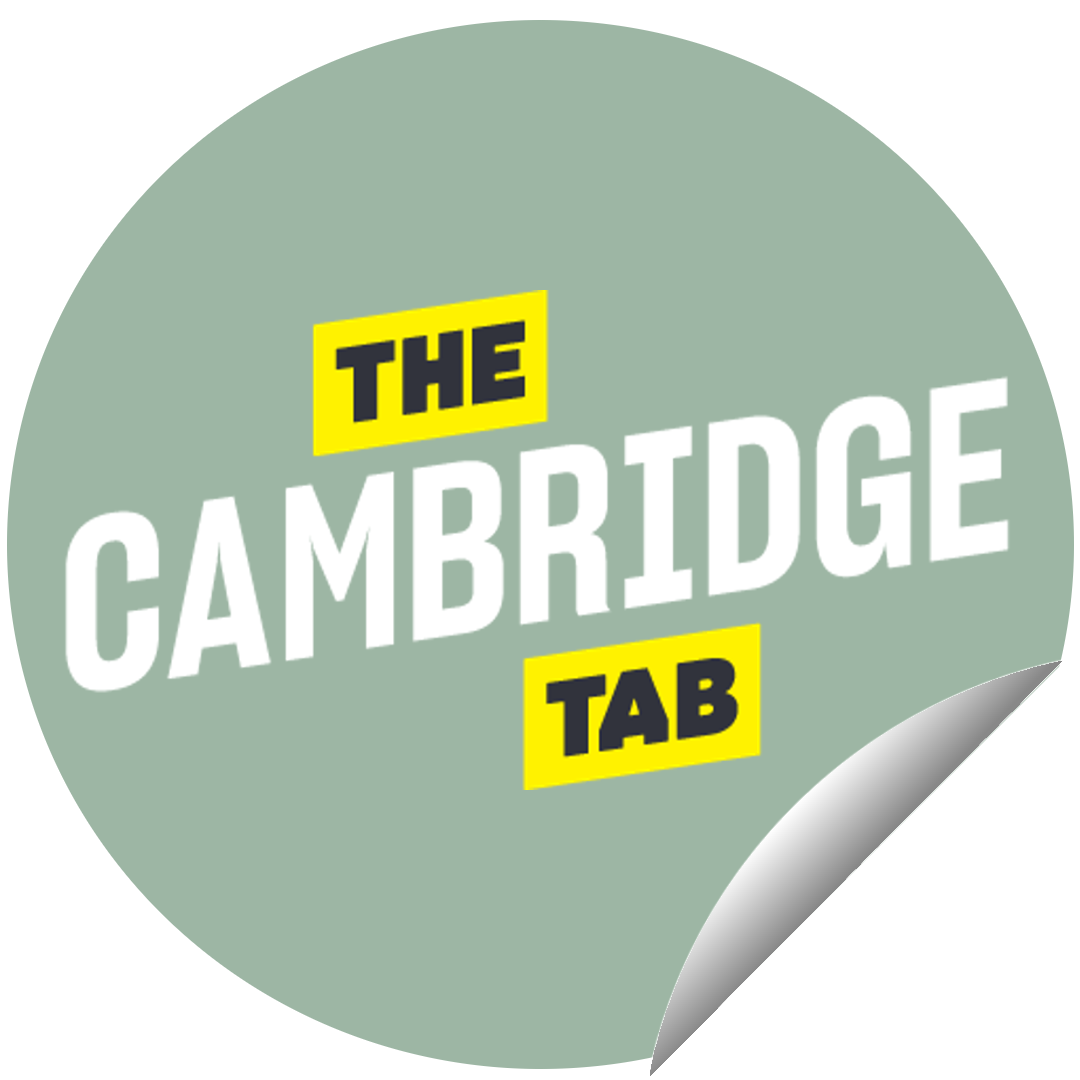
This is how Cambridge University’s Formal Halls are done
The Trinity Hall Catering Team reveals all
Picture this. You finally get to try out a Trinity Hall’s formal. You settle down in the dining hall, patiently wait for the ceremonial routines to finish, and you are quickly met with a starter you won’t get anywhere else – an extremely satisfying arancini, still crispy on the outside. Not long after the table is cleared, you are served a slow-cooked duck leg, steaming hot as it is cut open. Finally, you enjoy a classic combination of apple crumble and cinnamon ice cream, concluding the three-course meal with a perfect hot and cold pairing.
Then you start wondering – how is all this even possible?

Trinity Hall dining hall (Image credit: Fiona Simon, Levonne De Freitas)
The Tab Cambridge sat down with Trinity Hall’s Catering Team – Fiona, Levonne and Derek – to discuss the process of putting on formal hall. Be prepared for an enormous amount of preparation and behind the scenes action.
1. The Menu
The menus are carefully crafted for each night of the week, so people dining on more than one night won’t be eating the same food. Head Chef Derek explained, “we balance it against previous weeks as well. So there’s people coming in regularly, either the same night or on similar nights, they’re not having the same or something similar week on week.”
Fiona (Director of Conference and Catering) elaborated, “It’s like a jigsaw puzzle, or maybe a game of Tetris, actually, in terms of planning and moving things around, together with also looking at what’s been served in the cafeteria at lunch.
“One thing to highlight is that the food that Trinity Hall serves at Formal Hall is the same food that we serve to Fellows at High Table.”
Most Read
2. Raw ingredients and storage
Derek added: “One of the chefs will go through the next week’s functions and pencil in what we actually need for the full week. This ensures that we order exactly what we need which helps meet minimum order quantities, guarantees that the right products arrive on the right day and reduces food waste.
“Most of the colleges are members of a collaborative purchasing agreement and buy from the same list of suppliers. And it is very good in terms of economies of scale and environmentally brilliant, because we have one truck coming in to deliver to all of the colleges. And it also means that one supplier knows that they’re going to get a big order, rather than lots of little orders, if we weren’t all buying together.
“Once it’s delivered, it has to then be stored. Storage can be in a variety of different places, from ambient products, fresh products, frozen products – all taking into consideration legislation to store items at the correct temperature and reduce risk of cross-contamination.”

Formal starters plated (Image credit: Fiona Simon, Levonne De Freitas)
3. Preparation
“Depending on what the actual dish is, it may be prepared in advance, as in the previous day, or in the morning. So, the next step is all the preparation of the food. Pastry items, which may take longer to make, can be made slightly more in advance.
“Things like ice creams, because we do all the ice creams (apart from vegan), are made in-house. So, they can be made in advance and kept in the freezers.
“So we have a chef in the kitchen most days from 7am and people are there until midnight.”

Chefs hard at work! (Image credit: Fiona Simon, Levonne De Freitas)
4. Dealing with allergies and dietary requirements
Fiona said, “A three-course meal will have a starter, which could be vegetarian, and then the main course will have a meat or fish option and a vegetarian option followed by a dessert.
“However, that’s not what we’re cooking. You may have had to change the starter for it to be dairy-free, or somebody’s got a nut allergy, or it needs to be plant-based. So the one starter may have 10 different configurations.
“So out of 100 people, we might do 30 variations of the dishes based on the dietary requirements of the guests.
“A vegan dish might look the same as the vegetarian dish, or the vegetarian dish that’s nut-free or, say, gluten-free. We aim for it to look absolutely identical. So we have to make sure that that dish goes to the right person.”
Levonne, the Manciple, told us: “The Buttery team go into the servery, and they know which plate they have to pick up, as the supervisor has looked ahead and informed the chefs when specific dishes need to be served. They might say “Chef: one standard dairy-free, one vegan, gluten-free, three standard, two vegetarian” and the Waiting Team are handed the correct plate to be taken into the Dining Hall.

Layered potatoes (Image credit: Fiona Simon, Levonne De Freitas)
5. Cooking and serving the dishes
The chefs know that based on 80 people, it will take approximately 20 minutes to serve the starter, for guests to eat it, and for it to be cleared. In this case, they know they will need to put the meat option of the main course in the oven or heat it up to the right temperature.
They know that in 20 minutes time, it needs to be at the pass ready to start plating up. The one thing they don’t do at Trinity Hall is Regenerative cooking – this is a way that you cook and blast chill it down to a temperature that’s safe to hold it, plate it up, and then put it onto an oven which brings it up to temperature again. They don’t do that. They cook and plate it fresh.

Starters ready at the pass (Image credit: Fiona Simon, Levonne De Freitas)
What they also do for a Formal Hall is map out where everybody is sitting. So once you’ve collected your diet card, when everybody’s entered, and you’ve placed it in front of you, they usually have two people circulating the hall who identify anyone with a dietary requirement. This helps the supervisor to identify the correct diet and make sure the guests get the right food.
It’s a lot more complicated behind the scenes than you may have thought, and this is only the tip of the iceberg.
This process was genuinely surprising to me, how everything is carefully planned, decided, and executed with precision. It takes a lot of time and effort in preparation; days of planning go into just an hour of dining. I’m fortunate to have such a passionate catering team in my college, and their hard work shows just how appreciative we should be that we get to have this experience at Cambridge.
Feature Image Credit: Fiona Simon and Levonne De Freitas
















